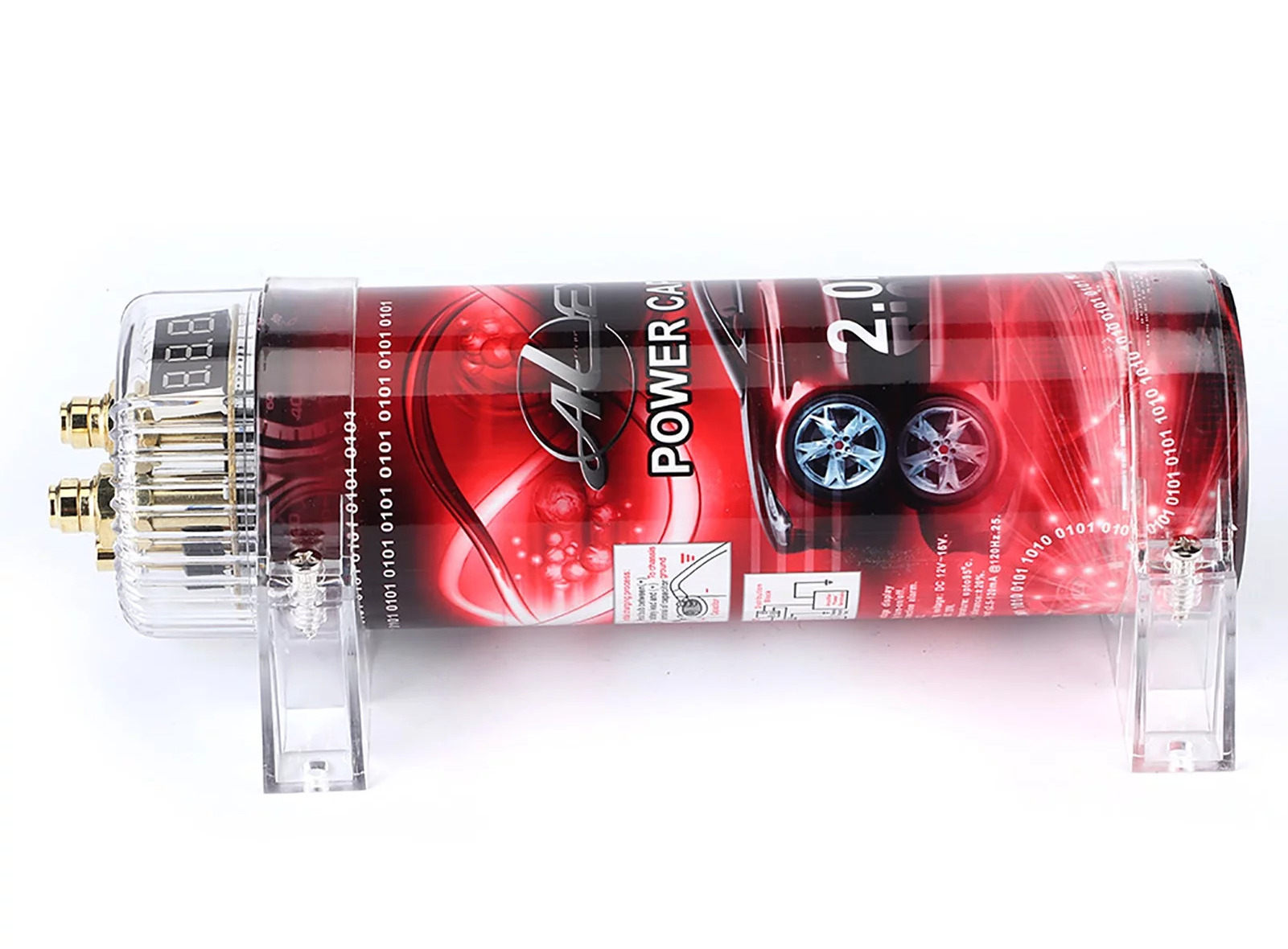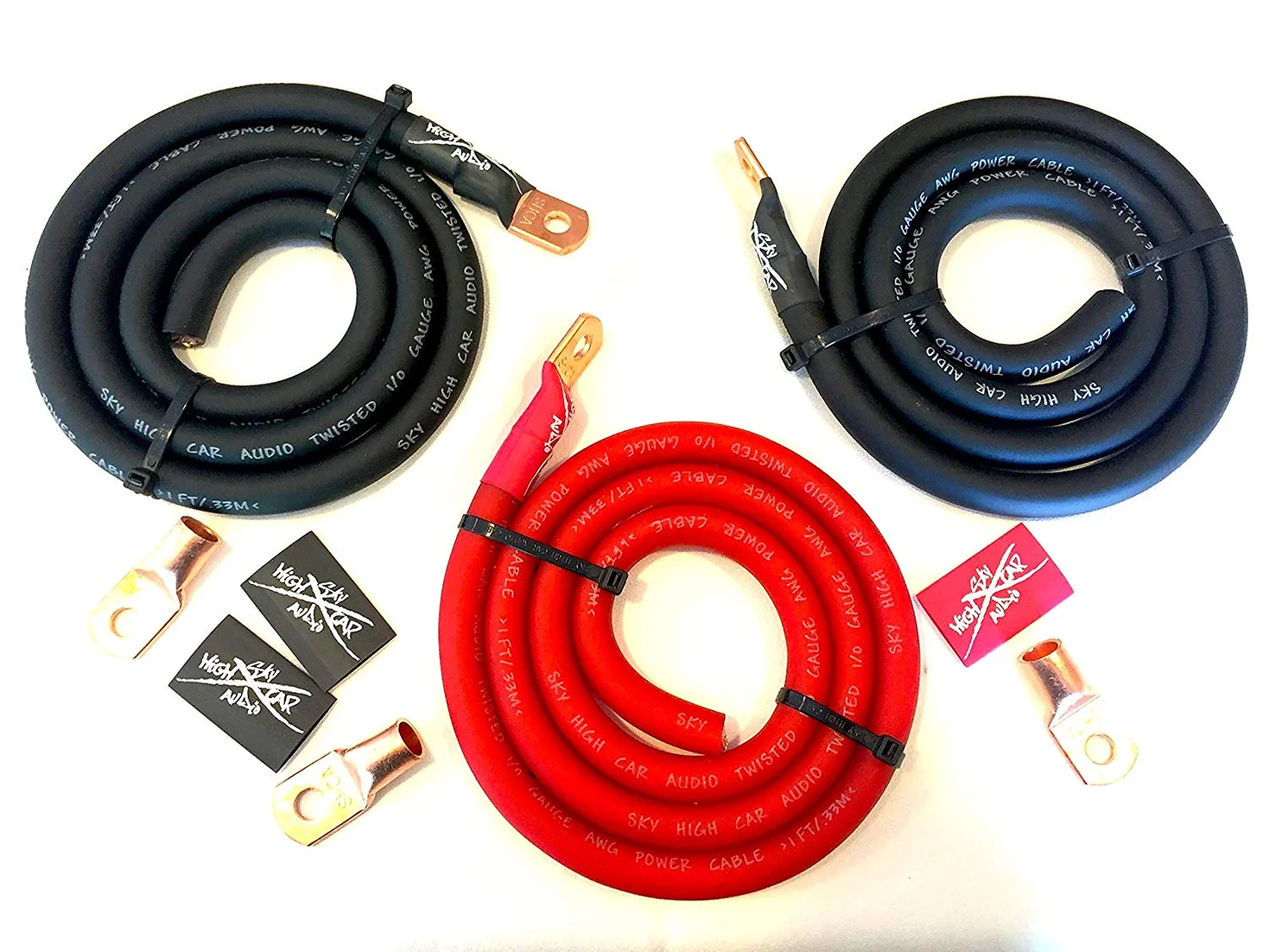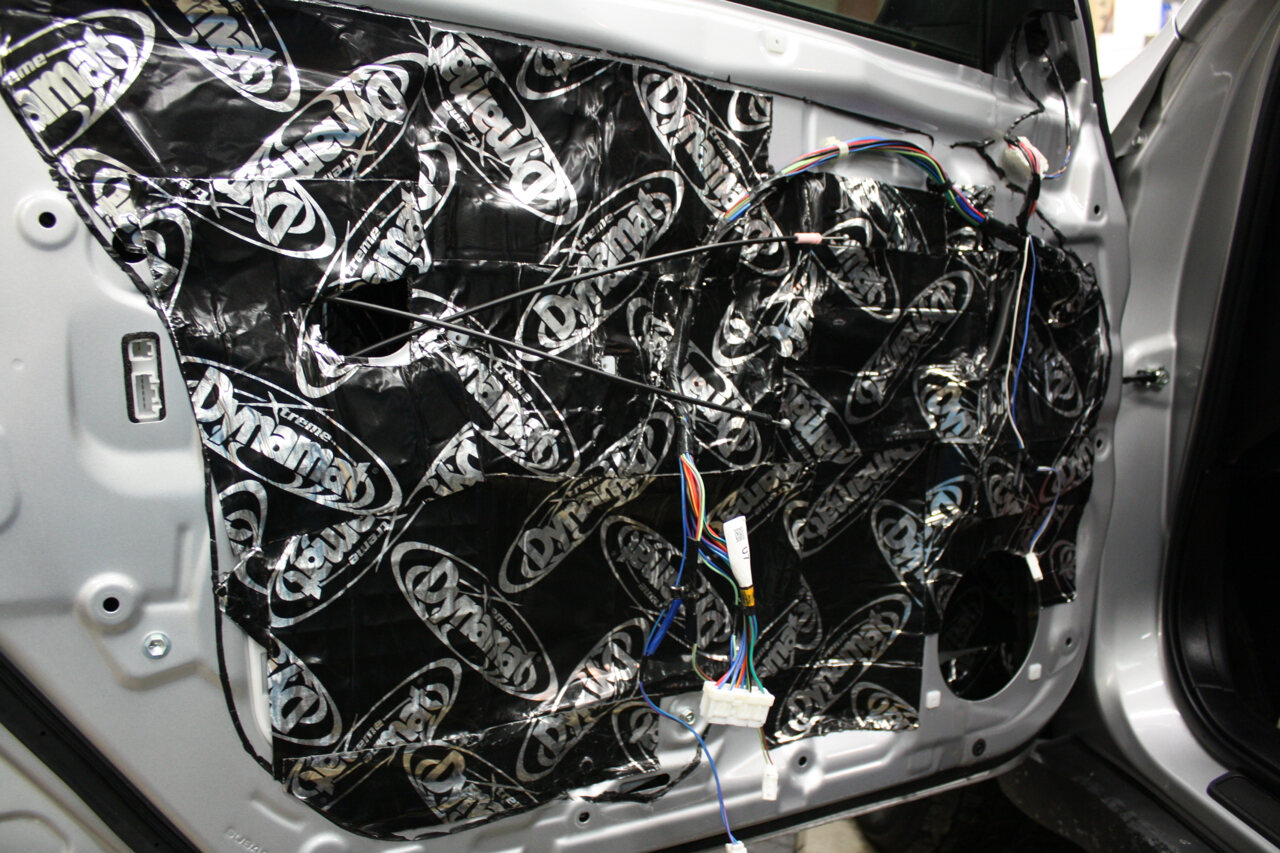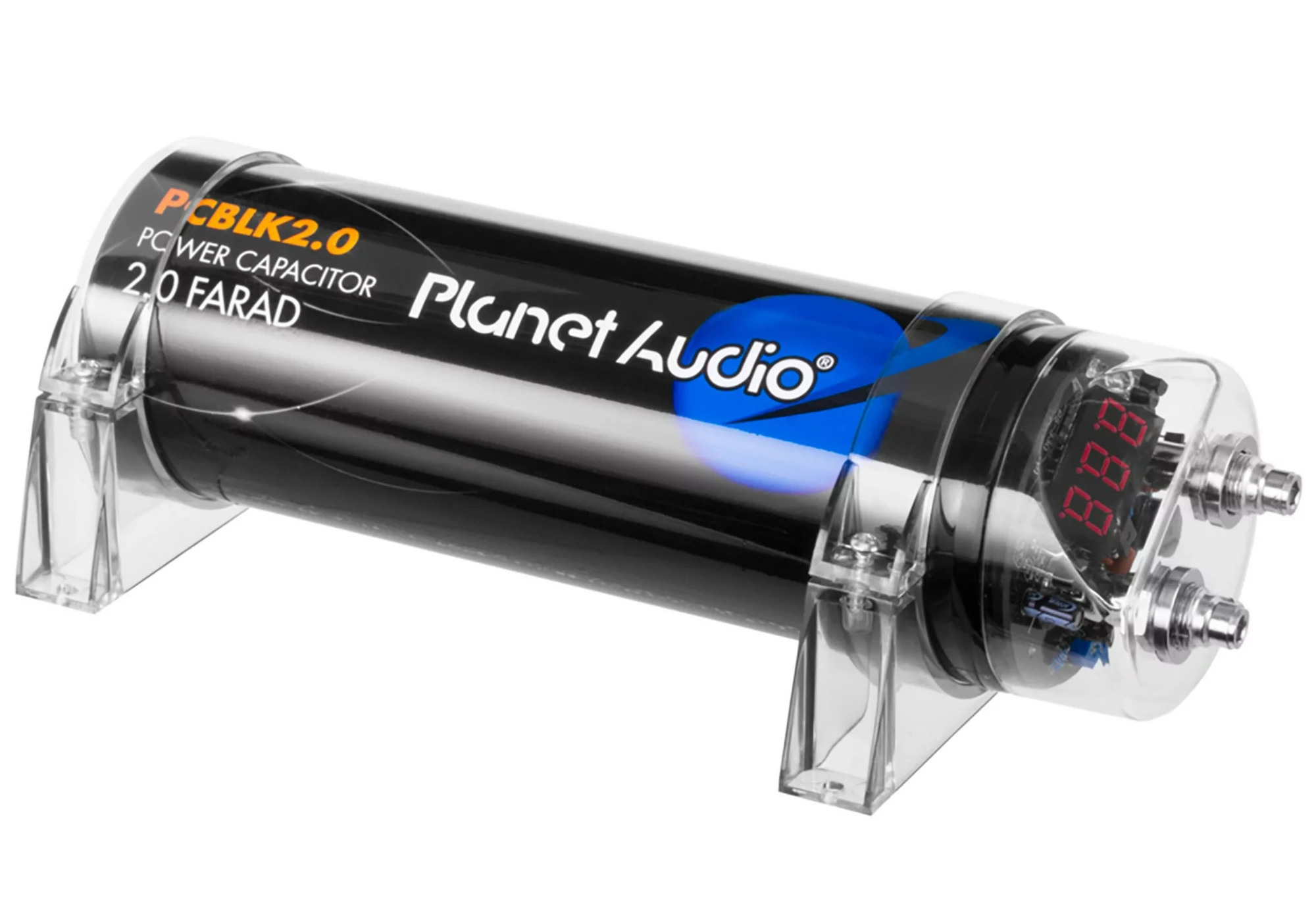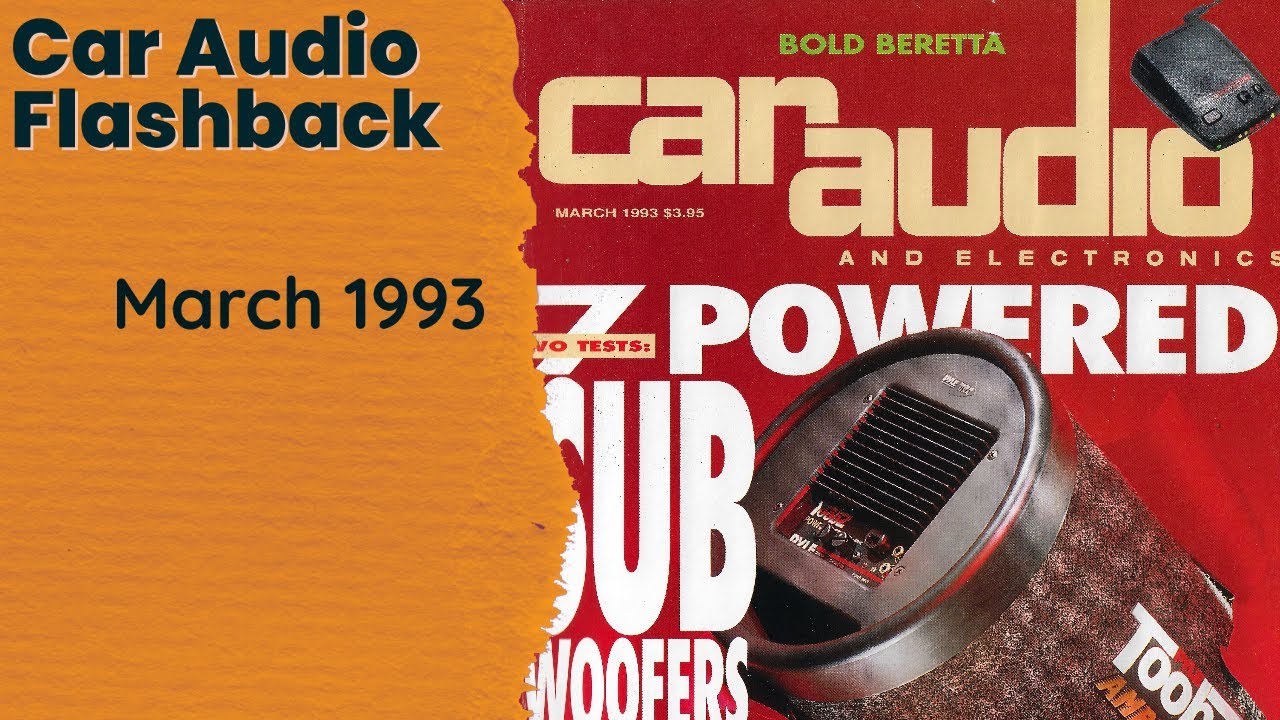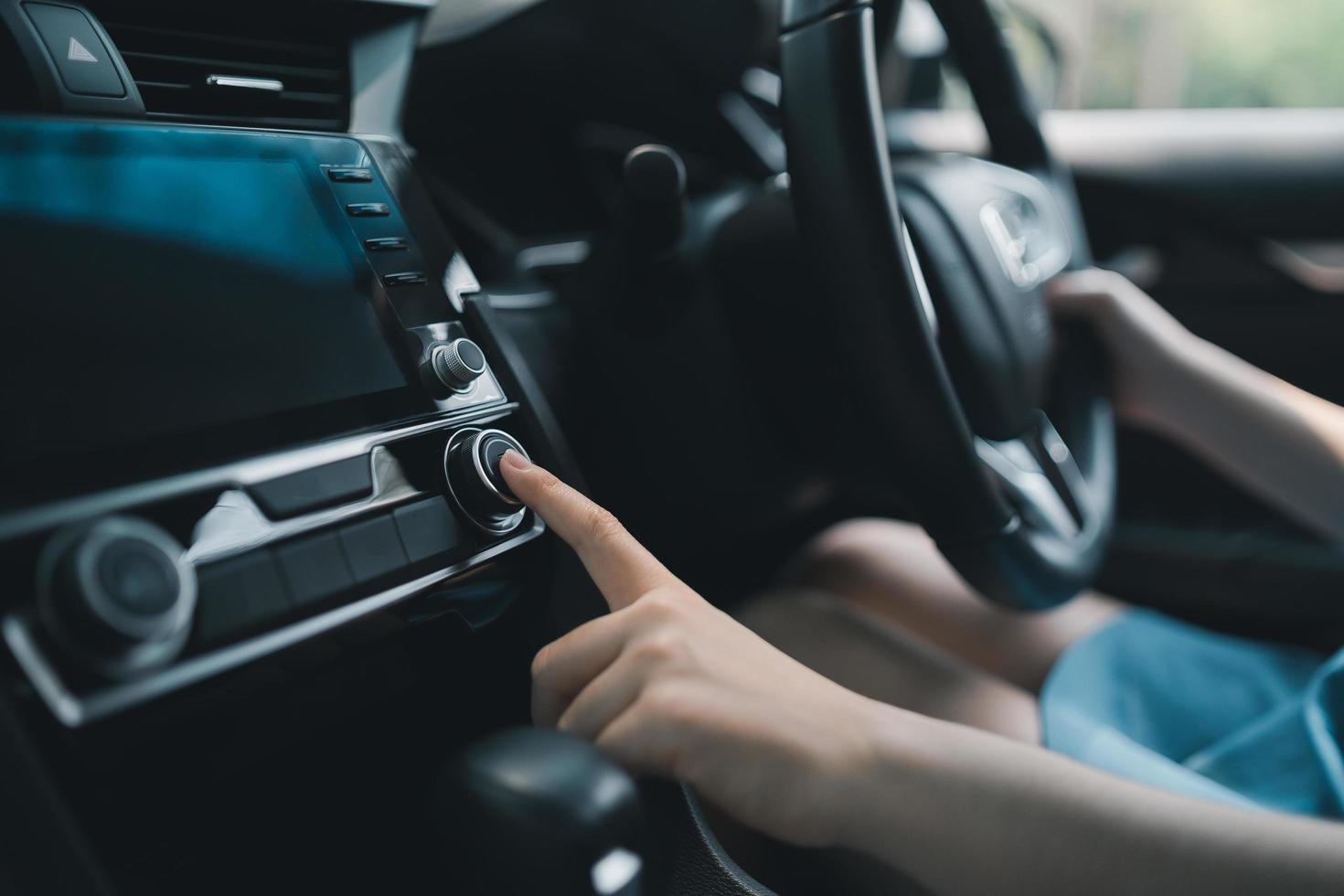Home>Devices & Equipment>Car Audio>What Is A DSP For Car Audio
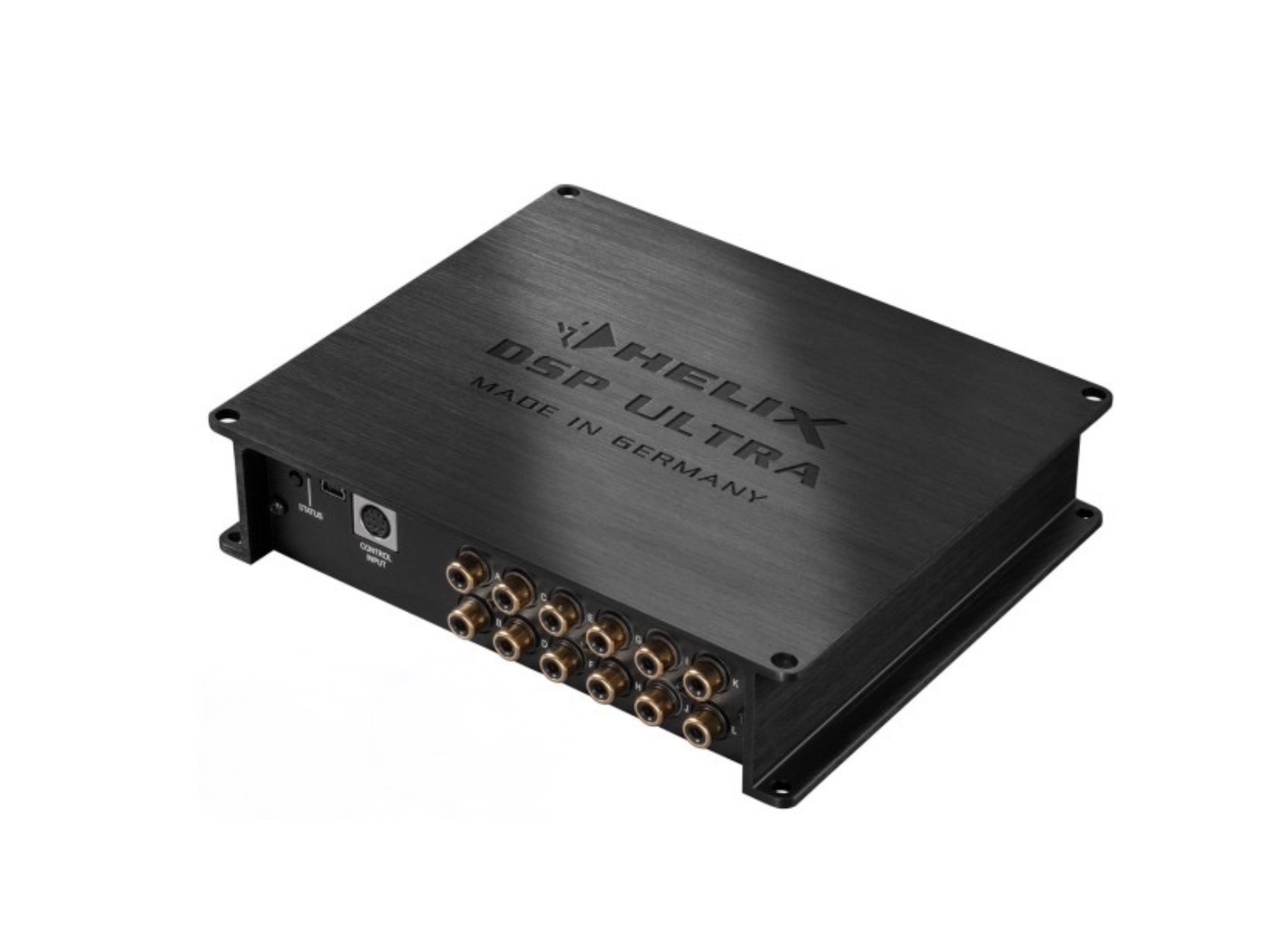

Car Audio
What Is A DSP For Car Audio
Modified: January 22, 2024
Learn about the role of a DSP in enhancing car audio systems. Explore the benefits and features of DSP technology for an optimal car audio experience.
(Many of the links in this article redirect to a specific reviewed product. Your purchase of these products through affiliate links helps to generate commission for AudioLover.com, at no extra cost. Learn more)
Table of Contents
Introduction
Welcome to the world of car audio, where the thrill of music on the open road is just a turn of the dial away. Whether you’re a casual music enthusiast or a dedicated audiophile, having a high-quality car audio system can greatly enhance your driving experience. But what sets apart a mediocre car audio system from a truly extraordinary one? The answer lies in the realm of digital signal processing (DSP).
DSP, a term often associated with high-end audio equipment, is a technology that has revolutionized the way we listen to music in our cars. It allows for precise control and manipulation of audio signals, resulting in unparalleled sound quality and an immersive audio experience.
But what exactly is DSP and what benefits does it bring to car audio? In this article, we will delve into the world of DSP, explore its advantages, and discover how it can take your car audio to the next level.
Before we dive into the specifics of DSP, let’s first understand the basic components of a car audio system. At its core, a car audio system consists of the head unit (commonly known as the stereo), speakers, and amplifiers. The head unit is responsible for controlling the audio settings and playback, while the speakers reproduce the sound. Amplifiers, on the other hand, boost the audio signal to ensure optimal performance.
While a standard car audio system can deliver decent sound quality, it often lacks the precision and customization options provided by DSP. This is where DSP comes into play.
Understanding Car Audio Systems
Before we delve into the world of DSP, it’s crucial to have a solid understanding of how car audio systems work. A basic car audio system consists of three main components: the source unit, the amplifier, and the speakers.
The source unit, also known as the head unit or stereo, is the central control of the audio system. It typically includes features like radio, CD player, USB input, and Bluetooth connectivity. The source unit receives input signals and processes them before sending them to the amplifier.
The amplifier is responsible for boosting the low-level audio signal received from the source unit to a level suitable for the speakers. It provides power to the speakers and determines their overall performance and sound quality.
The speakers, as the name suggests, reproduce the audio signals as sounds. They come in various sizes and designs, including tweeters for high-frequency sounds, woofers for mid-range sounds, and subwoofers for low-frequency sounds.
When it comes to choosing a car audio system, several factors should be considered. Power handling is an essential consideration, as it determines how much power the speakers can handle without distortion. Sensitivity is another factor to consider, as it affects how efficiently the speakers convert power into sound. Additionally, the size and configuration of the speakers should match the vehicle’s available space and the listener’s preferences.
Now that we have a basic understanding of car audio systems, let’s explore how digital signal processing (DSP) can enhance the audio experience in your vehicle.
What is Digital Signal Processing (DSP)?
Digital Signal Processing (DSP) is the technology that allows for the manipulation and optimization of audio signals in the digital domain. Unlike analog signal processing, which works with continuous waveforms, DSP operates on discrete samples of audio data, making it highly precise and flexible.
The core concept of DSP involves using mathematical algorithms to modify and enhance audio signals. These algorithms can perform a wide range of functions, such as equalization, filtering, time alignment, and dynamic range compression. DSP algorithms can be programmed to analyze the audio signal and apply specific modifications based on the desired outcome.
One of the key benefits of DSP is its ability to correct and compensate for the acoustic shortcomings of a vehicle’s interior. Every car has its unique audio environment, with factors like speaker placement, cabin dimensions, and road noise affecting the sound quality. DSP can help overcome these challenges by applying sophisticated tuning techniques to optimize the audio output for the specific car environment.
Furthermore, DSP allows for the customization of audio settings based on personal preferences. You can fine-tune the frequency response, adjust the balance and fade between speakers, and even create virtual sound stages within the cabin. With DSP, you have full control over how your music sounds, tailoring it to your liking and creating a truly immersive listening experience.
DSP technology has become increasingly prevalent in car audio systems, with many manufacturers incorporating it into their high-end offerings. It has proven to be a game-changer, transforming the way we experience music in our vehicles.
In the next section, we will explore the numerous benefits that DSP brings to car audio systems, making them a must-have upgrade for any music enthusiast on wheels.
Benefits of DSP in Car Audio
Digital Signal Processing (DSP) has revolutionized the world of car audio by offering a multitude of benefits that greatly enhance the overall audio experience. Let’s explore some of the key advantages that DSP brings to car audio systems:
- Improved Sound Quality: One of the primary benefits of DSP is its ability to significantly improve the sound quality in a car audio system. By precisely manipulating the audio signals, DSP can correct frequency response irregularities, eliminate phase issues, and reduce distortion, resulting in clearer, more balanced, and more immersive sound reproduction.
- Acoustic Correction: DSP allows for the correction of acoustic deficiencies in a vehicle’s interior. These deficiencies include factors like speaker placement, irregular frequency response, and cabin resonances. By using advanced tuning techniques, DSP can compensate for these issues and optimize the audio output to deliver a more natural and accurate soundstage.
- Customization and Personalization: With DSP, you have the power to customize your car audio system to your preferences. You can fine-tune the sound characteristics, adjust the equalization, change the balance and fade between speakers, and even create virtual sound stages. DSP empowers you to create a tailored audio experience that suits your unique taste and preferences.
- Ease of Integration: DSP units are designed to integrate seamlessly with existing car audio systems. They can be connected directly to the amplifier or inserted between the head unit and amplifier. DSP units often come with user-friendly interfaces and software, making it easy to set up and fine-tune the audio settings according to your preferences.
- Expanded System Compatibility: DSP offers improved compatibility with a wide range of audio systems and components. Whether you have factory-installed speakers, aftermarket speakers, or a mix of both, DSP can optimize the audio signals to ensure they work harmoniously together. Additionally, DSP units can often accommodate multiple input sources, allowing you to connect devices like smartphones, MP3 players, or even external audio processors.
These are just a few of the many benefits that DSP brings to car audio systems. By investing in a quality DSP unit, you can take your car audio experience to the next level, enjoying superior sound quality, enhanced customization options, and a truly immersive sonic journey.
Next, we will explore the components that make up a DSP system for car audio and how they work together to deliver exceptional audio performance.
Components of a DSP System for Car Audio
A Digital Signal Processing (DSP) system for car audio consists of several key components that work together to optimize and enhance the audio signal. Let’s take a closer look at these components:
- DSP Processor: The heart of the DSP system is the DSP processor. This is the brain that performs all the audio processing tasks, such as equalization, filtering, time alignment, and crossover functions. The DSP processor is responsible for analyzing the audio signal and applying the programmed algorithms to achieve the desired audio output.
- Interface and Controls: A DSP system typically includes an interface and control module that allows you to interact with and make adjustments to the audio settings. This can be in the form of a physical control panel or a software interface that you can access via a computer or smartphone. The interface and controls provide you with the convenience and flexibility to fine-tune the audio parameters according to your preferences.
- Input and Output Connections: DSP systems feature various input and output connections to integrate with other audio components. These connections can include RCA inputs and outputs, speaker wire inputs and outputs, and even digital inputs like USB or optical. The input connections receive the audio signals from the source unit or other external devices, while the output connections send the processed audio signals to the amplifiers and speakers.
- Equalization and Filtering: DSP systems offer advanced equalization and filtering capabilities. They allow for precise control over the frequency response of the audio signal, enabling you to boost or cut specific frequencies to achieve a desired tonal balance. Additionally, DSP systems can apply various filters, such as high-pass, low-pass, and band-pass filters, to ensure that each speaker receives only the frequencies it is designed to handle.
- Time Alignment: Time alignment is a crucial feature of DSP systems that compensates for the differences in physical speaker locations in the car. It ensures that the audio signals from each speaker reach the listener’s ears simultaneously, creating a cohesive and accurate soundstage. DSP systems can delay certain speaker signals to align them with the reference point, resulting in improved imaging and staging.
These components work harmoniously together to process and optimize the audio signal, allowing for precise control over the sound characteristics in a car audio system. With a DSP system, you can tailor the audio output to suit your preferences, correct acoustic deficiencies, and create an immersive and enjoyable listening experience.
In the next section, we will explore the installation and setup of a DSP system for car audio.
Installation and Setup of a DSP System
Installing and setting up a Digital Signal Processing (DSP) system for car audio requires careful consideration and attention to detail. Proper installation and setup ensure optimal performance and maximize the benefits of DSP technology. Here are the basic steps to guide you through the process:
- Choose and Position the DSP Processor: Select a DSP processor that meets your needs and vehicle requirements. Consider factors such as the number of inputs and outputs, processing power, and user interface. Once you have the DSP processor, find a suitable location in your vehicle to mount it securely. Ensure it is easily accessible for adjustments and connections.
- Connect the Inputs and Outputs: Identify the audio signals you want to process and connect the corresponding inputs to the DSP processor. These signals can come from the head unit, external devices, or aftermarket amplifiers. Next, connect the outputs of the DSP processor to the amplifiers or speakers. Use high-quality cables and connectors for optimal audio signal transmission.
- Configure Audio Settings: Access the interface or control module of the DSP processor and configure the audio settings. This includes adjusting equalization, filtering, time alignment, and crossover settings. Take advantage of any included tuning software or apps to simplify the process. Make incremental adjustments and perform listening tests to fine-tune the audio parameters to your liking.
- Calibrate and Test: Once you have configured the audio settings, calibrate the DSP system to account for factors such as speaker placement and listening position. Use a measurement microphone and software to analyze the frequency response and room acoustics. Make necessary adjustments to optimize the system’s performance based on the measurements and feedback. Perform listening tests to ensure the audio output aligns with your preferences.
- Secure and Organize: After finalizing the setup and ensuring satisfactory performance, secure the DSP processor and all connections to prevent any vibrations or loosening. Properly organize the wiring and cables to maintain a clean and tidy installation. Consider using cable management sleeves or clips to keep everything organized and free from interference.
It’s important to note that DSP systems can vary in complexity, and the installation process might require additional steps or adjustments depending on your specific setup. If you’re unsure about any aspect of the installation or setup, it’s recommended to consult with a professional car audio installer who has experience with DSP systems.
Now that you understand the installation and setup process, let’s explore some popular DSP brands that are widely recognized for their superior performance and features in the car audio industry.
Popular DSP Brands for Car Audio
When it comes to selecting a Digital Signal Processing (DSP) system for your car audio, choosing a reputable and reliable brand is crucial. Here are some popular DSP brands known for their exceptional performance and features in the car audio industry:
- Alpine: Alpine is a well-respected brand that offers a range of high-quality DSP processors. Their processors are known for their advanced features, intuitive interfaces, and excellent sound quality. Alpine’s DSP systems often come with user-friendly software that simplifies the setup and tuning process, making them a popular choice among car audio enthusiasts.
- Pioneer: Pioneer is a renowned brand that offers versatile and feature-rich DSP processors. Pioneer’s DSP systems are known for their robust build quality and innovative technologies. They offer a wide range of connectivity options, intuitive control interfaces, and advanced tuning capabilities. Pioneer’s DSP processors are designed to integrate seamlessly with their other car audio components, ensuring a cohesive and immersive audio experience.
- Audison: Audison is a premium brand that specializes in high-end car audio products, including DSP processors. Audison DSP systems are recognized for their exceptional audio performance, precision tuning capabilities, and advanced signal processing algorithms. With cutting-edge technology and meticulous craftsmanship, Audison delivers unparalleled sound quality and customization options for the discerning audiophile.
- JL Audio: JL Audio is a well-established brand in the car audio industry, known for its high-quality amplifiers and speakers. They also offer DSP processors that provide advanced audio processing capabilities. JL Audio’s DSP systems are lauded for their versatility, compatibility, and ease of use. They offer powerful tuning software and intuitive interfaces, making them a popular choice for both car audio enthusiasts and professionals.
- Helix: Helix, a brand under the parent company Audiotec Fischer, specializes in advanced DSP solutions for car audio systems. Helix DSP processors are highly regarded for their unparalleled audio processing capabilities, precise control over audio parameters, and exceptional sound quality. Helix offers a wide range of DSP models to suit different budgets and requirements, allowing users to achieve optimal audio performance and customization.
These are just a few of the top DSP brands in the market. It’s important to research and compare the features, specifications, and user reviews of different DSP systems to choose the one that best suits your needs and preferences. Additionally, consulting with car audio professionals can provide valuable insights and recommendations based on your specific requirements.
In the final section, we will conclude our exploration of DSP in car audio and summarize the key takeaways from this article.
Conclusion
Digital Signal Processing (DSP) has had a profound impact on the world of car audio, revolutionizing the way we experience music in our vehicles. From improved sound quality to advanced customization options, DSP brings a host of benefits that can elevate your car audio system to new heights.
In this article, we explored the fundamentals of car audio systems and how DSP enhances their performance. We learned that DSP systems allow for precise control and manipulation of audio signals, resulting in clearer sound reproduction and a more immersive listening experience.
Some of the key benefits of DSP in car audio include improved sound quality, acoustic correction, customization options, ease of integration, and expanded compatibility. By investing in a quality DSP system, you can optimize your audio settings, correct acoustic deficiencies, and create a personalized audio experience that suits your preferences.
We also discussed the components of a DSP system, including the DSP processor, interface and controls, input and output connections, equalization and filtering capabilities, and time alignment functionality. These components work together to process and optimize the audio signal, allowing for precise control over the sound characteristics in your car audio system.
During the installation and setup process, we highlighted the importance of choosing a suitable location for the DSP processor, connecting the inputs and outputs correctly, configuring the audio settings, calibrating and testing the system, and securing and organizing the components to ensure optimal performance.
Lastly, we explored some popular DSP brands known for their excellence in the car audio industry, including Alpine, Pioneer, Audison, JL Audio, and Helix. These brands offer a wide range of DSP systems with varying features and capabilities to suit different preferences and budgets.
In conclusion, DSP technology has transformed the car audio landscape, providing music enthusiasts with unparalleled control over their audio experience. Whether you’re a casual listener or an avid audiophile, incorporating DSP into your car audio system can bring a new level of sonic excellence to your driving journeys.
So, why settle for mediocre sound when you can indulge in the richness and depth of DSP-enhanced car audio? Upgrade your car audio system with DSP technology and embark on a musical adventure like never before.


